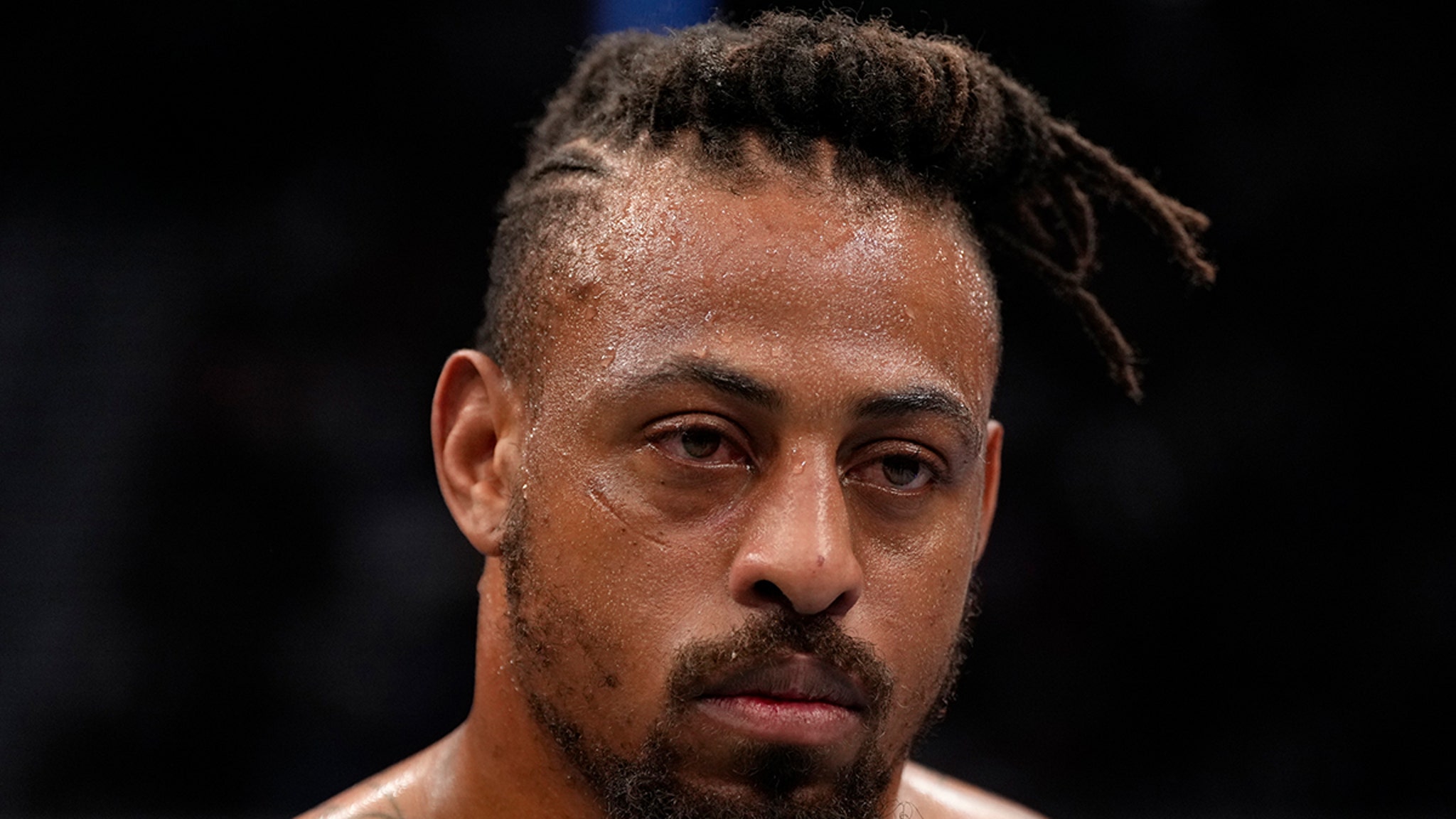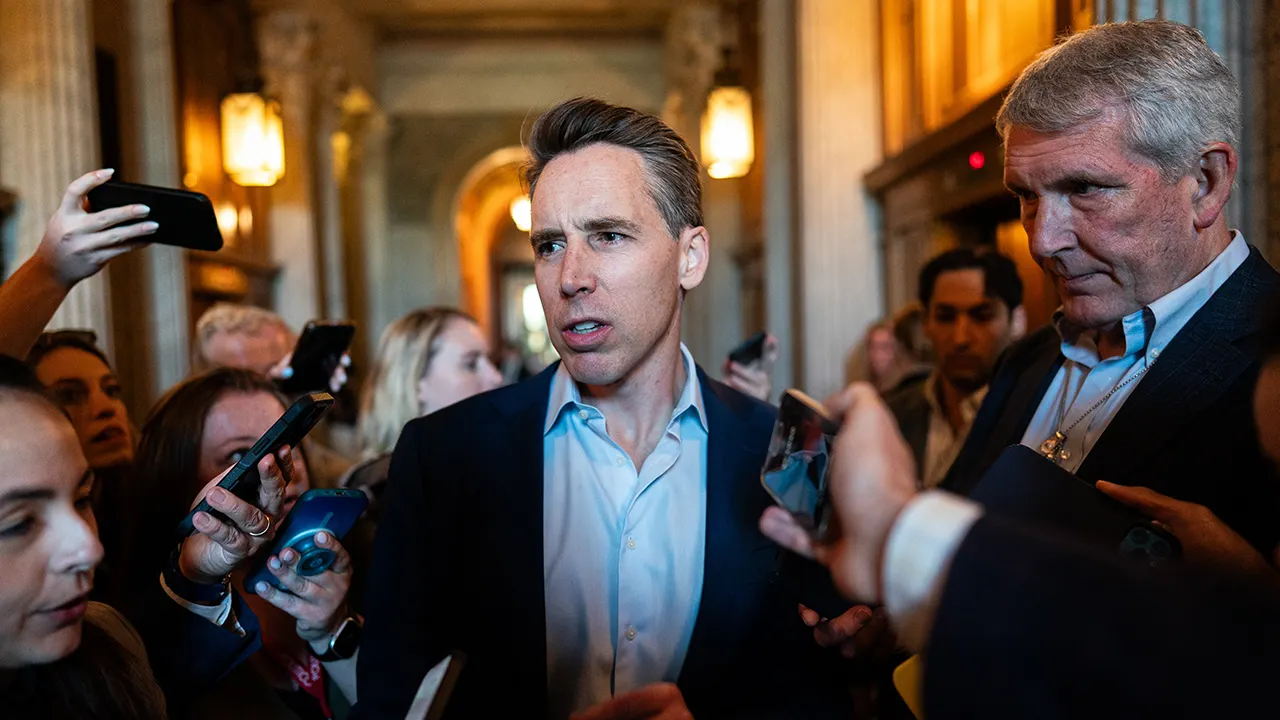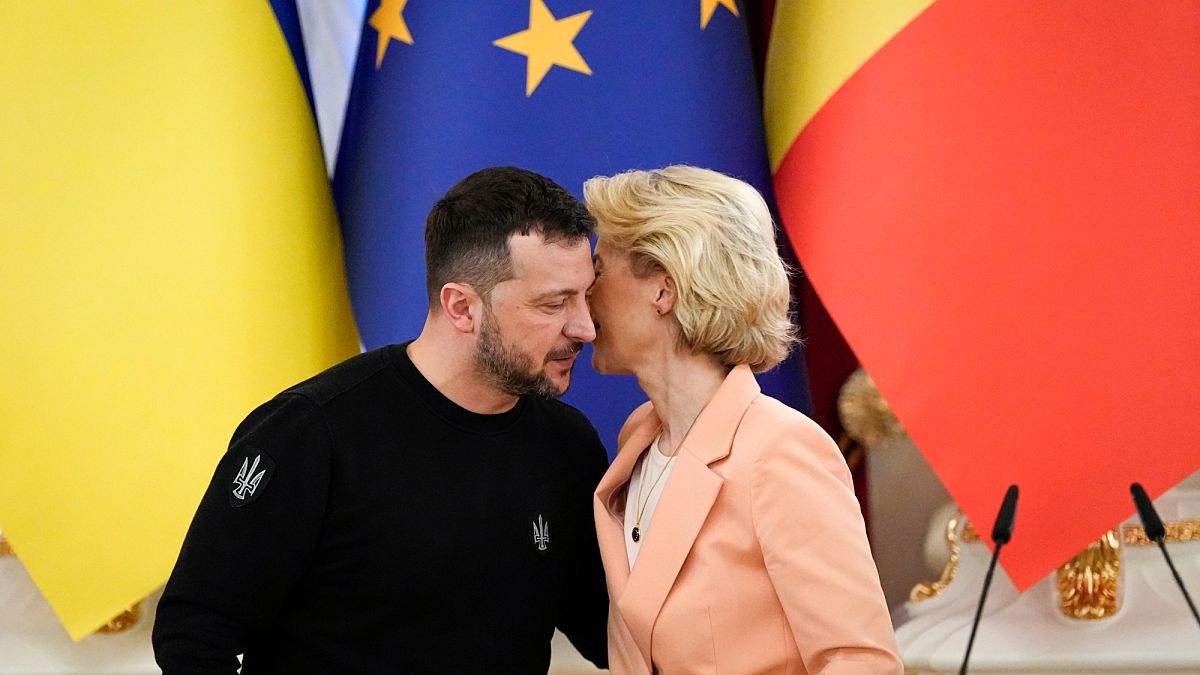World
South African president signs controversial land seizure bill, eroding private property rights
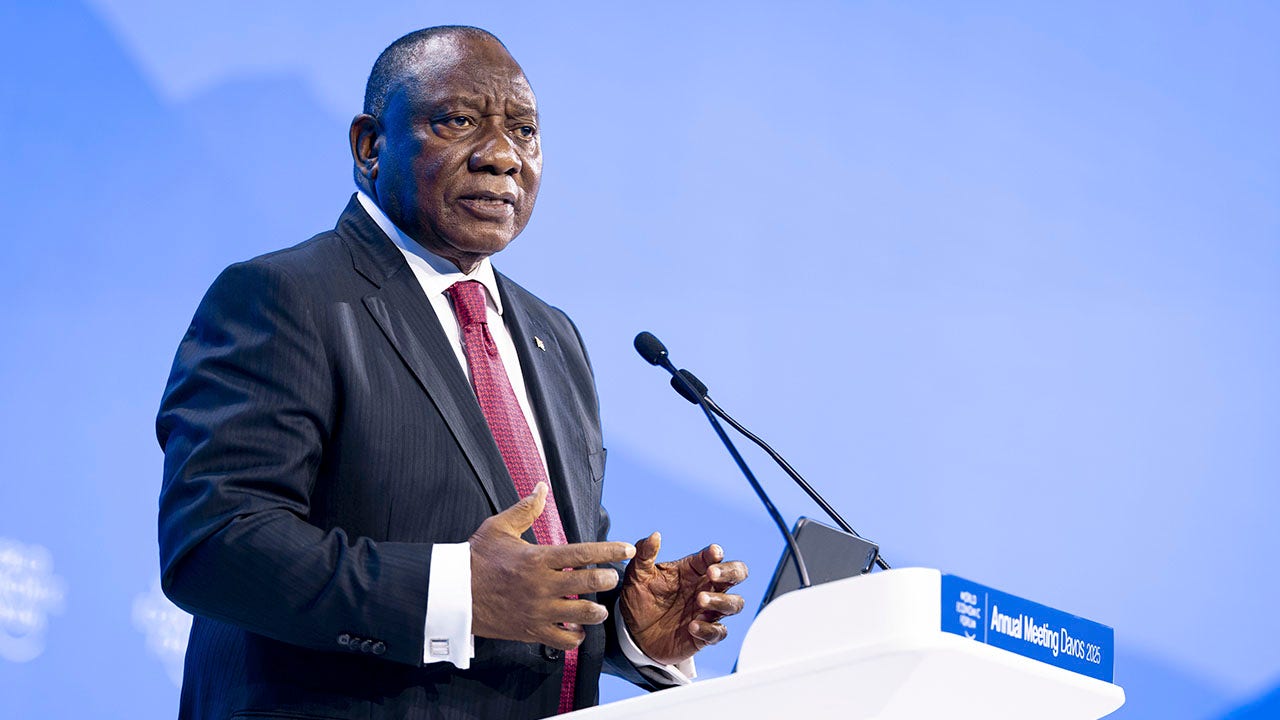
South African President Cyril Ramaphosa signed into law a bill that will allow the government to seize land without having to pay compensation, which some in the government say is a threat to private ownership.
The law, which replaces the pre-democratic Expropriation Act of 1975, “outlines how expropriation can be done and on what basis” by the state, the government says, according to the BBC.
Ramaphosa’s party, the African National Congress, or ANC, hailed the law as a “significant milestone.” However, some members of the government have signaled they will challenge the legality of the law.
INCOMING TRUMP ADMIN, CONGRESS SHOWDOWN LOOMS WITH SOUTH AFRICA OVER SUPPORT FOR RUSSIA, US FOES
Cyril Ramaphosa, president of South Africa, delivers a speech during a plenary session in Congress Hall during the 55th annual meeting of the World Economic Forum in Davos, Switzerland, Jan. 21, 2025. (Michael Buholzer/Keystone via AP)
The country’s majority Black citizens own just a small fraction of farmland more than 30 years after the end of apartheid. Most landowners are part of the White minority, according to the news report.
The new law allows for the expropriation of land without compensation only in circumstances where it is “just and equitable and in the public interest.”
That includes when the property is not being used and there’s no intention to either develop it or if it poses a public safety risk.
“In terms of this law, an expropriating authority may not expropriate property arbitrarily or for a purpose other than a public purpose or in the public interest,” Vincent Magwenya, the president’s spokesperson, said in a news release.
MISSING NORTH CAROLINA STUDENT BROOK CHEUVRONT, 20, FOUND DEAD IN SOUTH AFRICA

Table Mountain in Cape Town, South Africa, in July 2023 (Xabiso Mkhabela/Xinhua via Getty Images)
“Expropriation may not be exercised unless the expropriating authority has without success attempted to reach an agreement with the owner or holder of a right in property for the acquisition thereof on reasonable terms,” he added.
The Democratic Alliance (DA), the second-largest party in the government, said it “strongly opposes” the law and was consulting with its lawyers.
It says that while it supports legislation addressing land restitution, it takes issue with the process followed by the country’s parliament to enact the law, the BBC report states.

South Africa’s ANC party has fielded candidates facing corruption charges. (Reuters/Mike Hutchings)
The Freedom Front Plus party, which defends the rights of South Africa’s White minority, vowed to challenge the law and do “everything in its power” to have it amended if it is found to be unconstitutional.

World
US-backed GHF group extends closure of Gaza aid sites for second day

The Gaza Humanitarian Foundation claims aid distribution sites have been closed to carry out ‘maintenance’ work.
The Gaza Humanitarian Foundation (GHF) – a shadowy organisation backed by the United States and Israel – will not immediately resume distributing aid in the war-torn territory after a full-day closure on Wednesday, saying that operations will restart when maintenance and repair work on its distribution sites is complete.
In a statement posted on Facebook, the GHF said its “distribution sites will not open as early as” Thursday morning and that it would “share information on opening times as soon as work is complete”.
The GHF also strongly urged aid seekers travelling to its locations to “follow the routes” set by the Israeli military to “ensure safe passage”.
The Israeli military warned Palestinians on Wednesday not to approach GHF aid distribution sites while “reorganisation work” was under way, saying that access roads to those locations would be “considered combat zones”.
Israel’s military has not apparently issued any new directive regarding the safety of the GHF distribution sites as they remain closed for a second day.
The suspension of GHF’s distribution of food supplies in Gaza comes after Israeli forces opened fire on Palestinians seeking aid for a fourth time near a GHF distribution site in Rafah, southern Gaza, early on Tuesday.
The Israeli attack killed at least 27 people and injured about 90 more, according to Gaza’s Ministry of Health.
On Sunday, Israeli forces opened fire on thousands of aid seekers near the same site in Rafah, killing at least 31 people and wounding more than 150, according to Gaza’s Civil Defence agency. One person was also shot dead at another aid distribution site, south of the Netzarim Corridor in central Gaza, on the same day.
Then, on Monday, three more people were killed and about 30 injured when Israeli forces again opened fire near the GHF’s Rafah distribution site.
‘Unprecedented’ mass casualty incidents
The Israeli military had denied reports its troops shot at civilians near or within the GHF aid distribution site on Sunday, saying its forces only fired warning shots at people who were not using “designated access routes”.
Israeli army spokesperson Effie Defrin then claimed that soldiers only fired towards people who “were approaching in a way that endangered” the troops.
The GHF, which began chaotic aid distribution operations on May 26, has also labelled reports of aid seekers being killed in large numbers “outright fabrications”, claiming it has yet to see evidence of an attack at or near its facilities.
The International Committee of the Red Cross (ICRC) has confirmed that it received a “mass casualty influx of 179 cases” after Sunday’s attack, including 21 patients who were “declared dead upon arrival”. Women and children were among the casualties, the group said, with the majority suffering “gunshot or shrapnel wounds”.
The ICRC has also warned that Palestinians in Gaza are facing an “unprecedented scale and frequency of recent mass casualty incidents”.
Reports of aid seekers being killed by Israeli forces over recent days have led to international outrage, with United Nations Secretary-General Antonio Guterres demanding an independent inquiry into the deaths and for “perpetrators to be held accountable”.
The United Kingdom on Wednesday called for an “immediate and independent investigation” into the deadly incidents. UK Middle East Minister Hamish Falconer said the deaths were “deeply disturbing”, and called Israel’s new aid delivery measures “inhumane”.
Israel continues to push ahead with its wider assault on Gaza, with at least 48 people killed in attacks across the Strip on Wednesday, according to Gaza’s Civil Defence. Among the casualties were at least 18 people killed in a strike on a tent sheltering displaced Palestinians in southern Khan Younis.
At least 54,418 Palestinians have been killed and 124,190 wounded since Israel launched its war on Gaza in October 2023, according to statistics from the enclave’s Health Ministry.
On Wednesday, the United States once again vetoed a draft UN Security Council resolution demanding unhindered humanitarian aid access across Gaza and an “immediate, unconditional and permanent ceasefire”.
World
Ukraine Hid Attack Drones in Russia. These Videos Show What Happened Next.

For months, even as its forces were losing ground on the battlefield at home, the Ukrainian military was planning a stunning assault deep in Russian soil.
On Sunday, remotely operated Ukrainian drones emerged from hiding inside Russia and began wreaking damage. When they were done, at least a dozen military aircraft lay in ruins.
An analysis of videos and satellite imagery by The New York Times shows the extent of the attack.
Strategic bombers in at least two airfields, Belaya and Olenya, were destroyed. In total, Ukraine targeted bases in five regions, according to Russia’s Ministry of Defense, which said attacks on three other locations had been repelled. The Times was not able to verify those claims, but satellite imagery captured on Monday indicates that no aircraft were damaged at two of the other bases likely targeted. No clear satellite imagery or footage existed for the third base.
Belaya air base
A video shared widely online, and verified by The Times, shows a recording of the software responsible for piloting the Ukrainian’s drones as their assault on the Belaya air base began.
The footage captures a drone’s view as it flies over the base toward a line of at least six aircraft before descending toward a Tupolev Tu-95 bomber.
Shortly after, a video shows, two drones launch from containers that appear to be disguised as modular homes mounted on the back of a nearby semi-truck. They fly toward smoke plumes billowing from the base less than four miles away.
Footage from the ground recorded roughly halfway between the semi-truck and Belaya shows more drones flying overhead toward the base. Their flight path indicates they may have come from the semi’s general direction.
Videos taken at the launch site later that day show the containers on fire, their tops lying on the ground nearby. In a statement on Monday, Ukrainian officials said crates that transported the drones were rigged to self-destruct once the drones launched.
To assess the damage at the air base, The Times obtained radar imagery from a space imaging company, Umbra, that can see through cloudy skies. Seven strategic bombers appear to be completely destroyed, very likely four Tupolev Tu-22M and three Tupolev Tu-95 bombers. They were also visible in the drone footage. Chris Biggers, a geospatial analyst, published the same findings previously. The confirmed damage at Belaya signals a blow to Russia’s campaign of using long-range bombers to target Ukraine.
Destroyed plane in earlier imagery
In satellite imagery of the base, likely decoy aircraft consisting of car tires and other materials can be seen. Some of these apparent anti-drone measures were set up over the past months.
Olenya air base
The earliest footage of the Olenya air base verified by The Times captures an attack already in motion.
A screen recording from the Ukrainian’s pilot software shows a drone flying by two smoking Tu-95 bombers. Another Tu-95 is hit by an explosion. Car tires — apparent defensive measures — are visible next to and on top of the wings of at least three of the damaged Tu-95 bombers.
Footage captured moments later shows another Tu-95, as well as an An-12 cargo transport aircraft, ablaze.
At a gas station roughly four miles southwest of the base, a man recorded a video of drones flying through the sky. He claims they have been launched from a truck seen parked down the road.
While the strikes on Sunday subjected Russia to serious strategic losses, analysts cautioned it does not appear to have changed the Kremlin’s resolve to pursue its military goals.
World
US-backed Gaza aid group pauses food distribution after days of violence
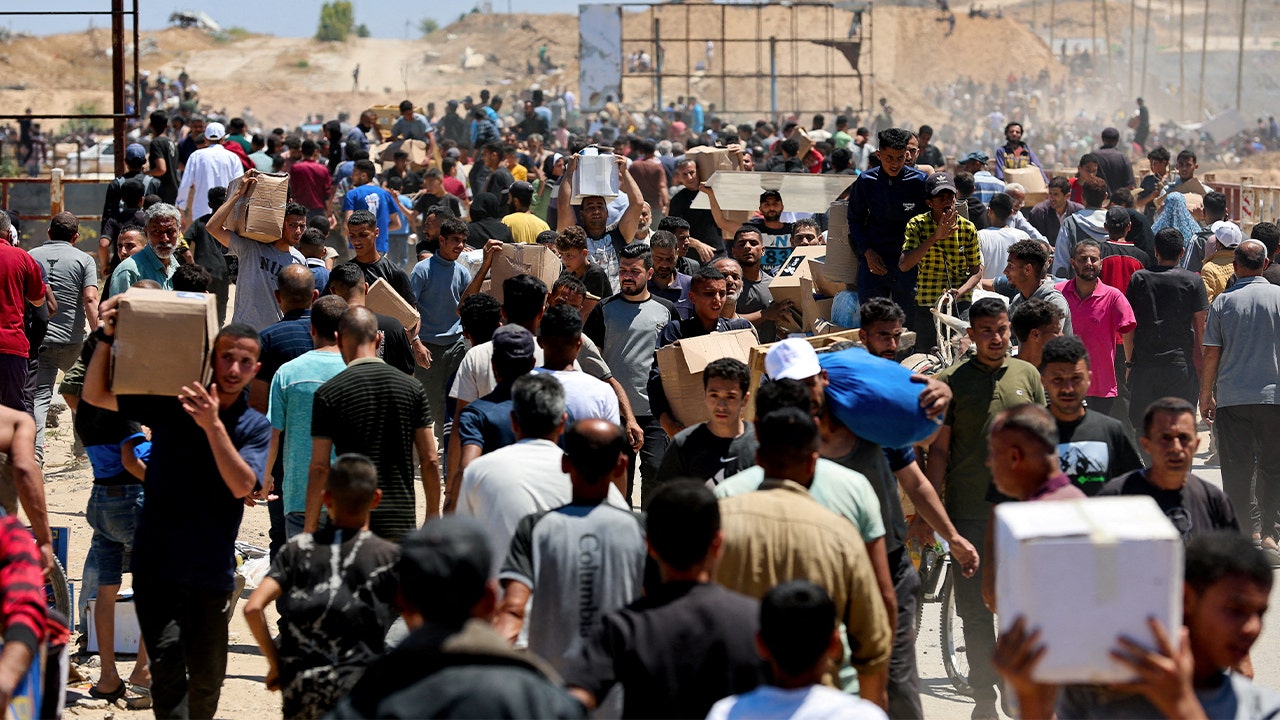
NEWYou can now listen to Fox News articles!
The controversial Gaza Humanitarian Foundation (GHF) is pausing its aid distribution operations for one day as it seeks to bolster security around its sites. The pause is reportedly also intended to give GHF time to develop plans for accommodating larger crowds.
GHF’s break in operations comes after Israel Defense Forces (IDF) troops reportedly shot at Palestinians who strayed from a pre-approved path to get aid three days in a row, according to the Times of Israel.
Palestinians carry aid supplies which they received from the U.S.-backed Gaza Humanitarian Foundation, in the central Gaza Strip, May 29, 2025. (REUTERS/Ramadan Abed)
TENSIONS RISE AS ISRAEL STRONGLY DENIES FIRING ON PALESTINIANS AT GAZA HUMANITARIAN SITE
“GHF is actively engaged in discussions with the IDF to enhance its security measures beyond the immediate perimeter of GHF sites,” a GHF spokesperson told Fox News Digital. The organization said it has asked the IDF to “introduce measures that guide foot traffic in a way that minimizes confusion or escalation risks near IDF military perimeters, develop clearer IDF-issued guidance to help the population transit safely and enhance IDF force training and refine internal IDF procedures to support safety.”
“These measures are part of our commitment to continuous improvements for civilian safety and risk reduction in one of the most complex humanitarian environments in the world,” the GHF spokesperson added. “Our top priority remains ensuring the safety and dignity of civilians receiving aid. This is critical given that GHF is the only operation reliably delivering aid to the Gazan people at present.”

The IDF said that 121 trucks of aid from “the UN and the international community” crossed into Gaza on May 28, 2025. (IDF Spokesperson’s Unit)
DOZENS OF PALESTINIANS KILLED, NEARLY 200 WOUNDED WHILE ON THEIR WAY TO COLLECT AID IN GAZA
On Tuesday, the IDF said its troops “identified several suspects moving toward them, deviating from the designated access routes.” The soldiers fired warning shots and then opened fire when the suspects would not retreat, according to the IDF.
Contrary to the IDF’s account of events, several reports stated that at least 27 Palestinians were killed while trying to access aid on Tuesday. The Times of Israel reported that Hamas health authorities claimed 31 people were killed on Sunday, three on Monday and 27 on Tuesday, in addition to the many wounded in each incident.

Palestinians carry aid supplies they received from the U.S.-backed Gaza Humanitarian Foundation, in Khan Younis, in the southern Gaza Strip, May 28, 2025. (REUTERS/Hatem Khaled)
While the GHF has enjoyed the support of the U.S. and Israel, several aid organizations and the United Nations have criticized the system, claiming that it militarizes aid. However, Israel has repeatedly praised GHF for distributing aid in Gaza without empowering Hamas.
U.N. Under-Secretary-General for Humanitarian Affairs and Emergency Relief Coordination Tom Fletcher, an outspoken critic of GHF, has routinely urged in interviews that his organization be allowed to do its work.
On Wednesday, the U.N. Security Council is expected to vote on a demand for a ceasefire between Israel and Hamas, as well as humanitarian access across Gaza, according to Reuters.
Israeli U.N. Ambassador Danny Danon has already voiced his objection to the resolution, saying that it “undermines” humanitarian aid relief and “ignores a working system in favor of political agendas.”
-

 Movie Reviews1 week ago
Movie Reviews1 week agoMOVIE REVIEW – Mission: Impossible 8 has Tom Cruise facing his final reckoning
-
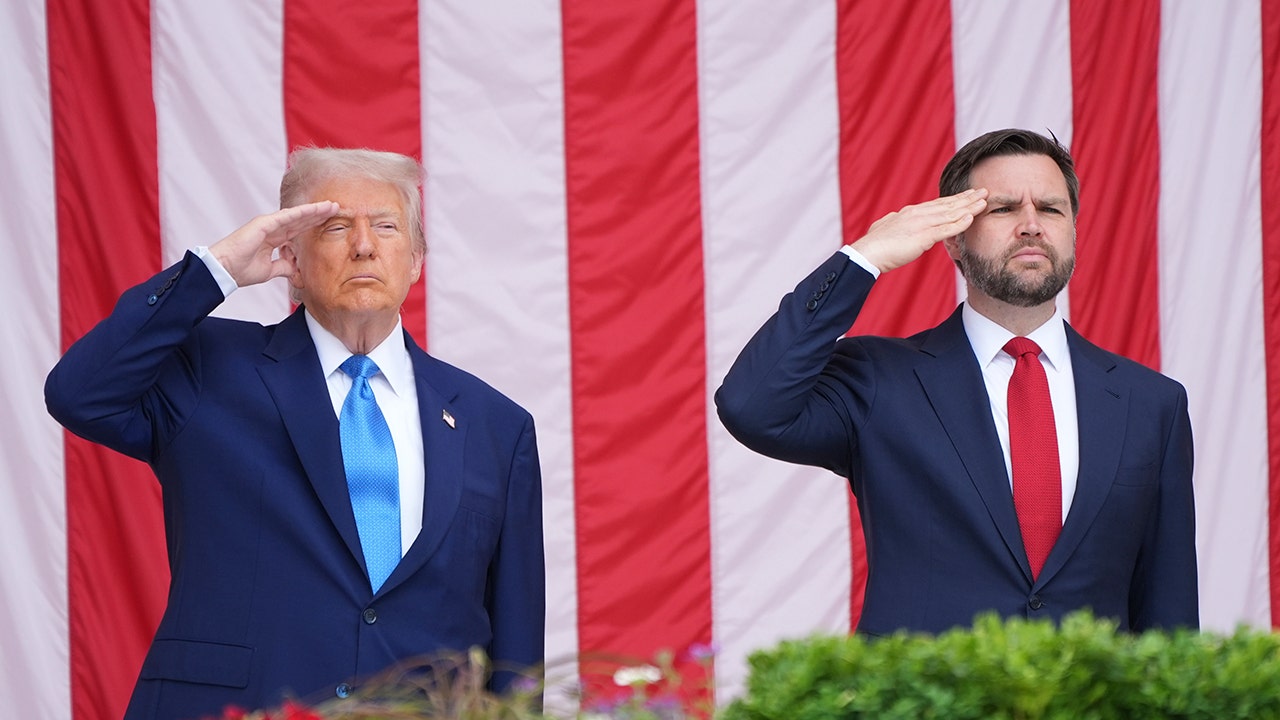
 Politics1 week ago
Politics1 week agoTrump honors fallen American heroes, praises God in Memorial Day address: 'Great, great warriors'
-

 Politics1 week ago
Politics1 week agoTrump admin asking federal agencies to cancel remaining Harvard contracts
-

 Culture1 week ago
Culture1 week agoCan You Match These Canadian Novels to Their Locations?
-

 Technology1 week ago
Technology1 week agoThe Browser Company explains why it stopped developing Arc
-

 News1 week ago
News1 week agoHarvard's president speaks out against Trump. And, an analysis of DEI job losses
-

 News1 week ago
News1 week agoRead the Trump Administration Letter About Harvard Contracts
-

 News1 week ago
News1 week agoCharles Rangel, Former New York Congressman, Dead at 94
